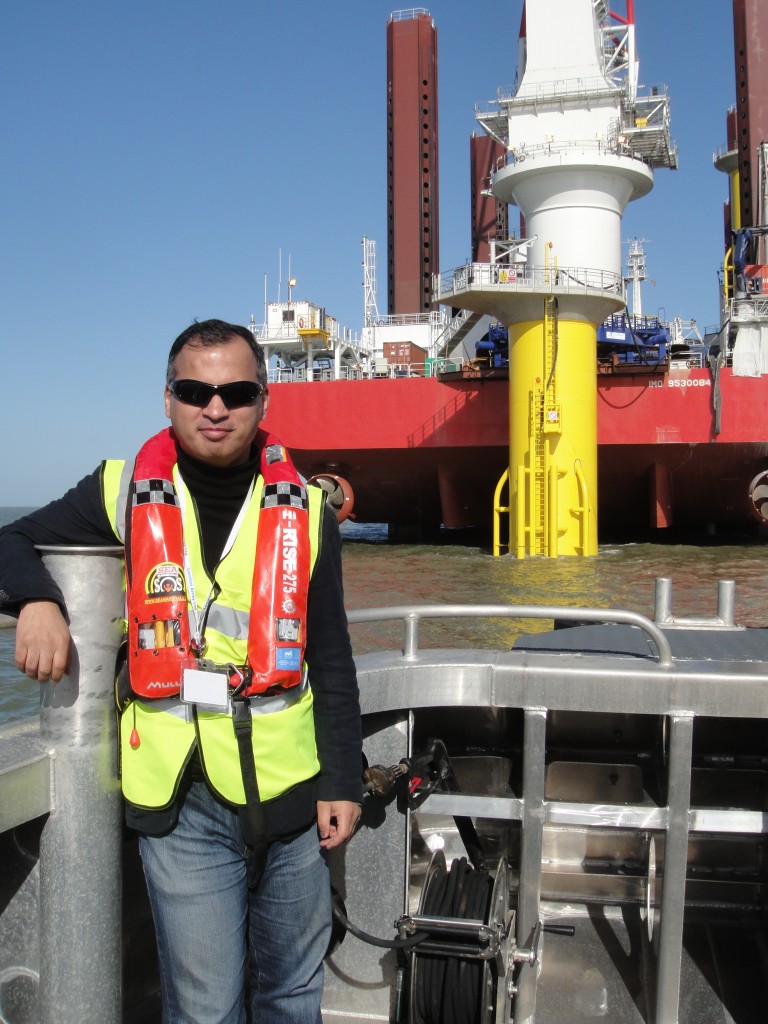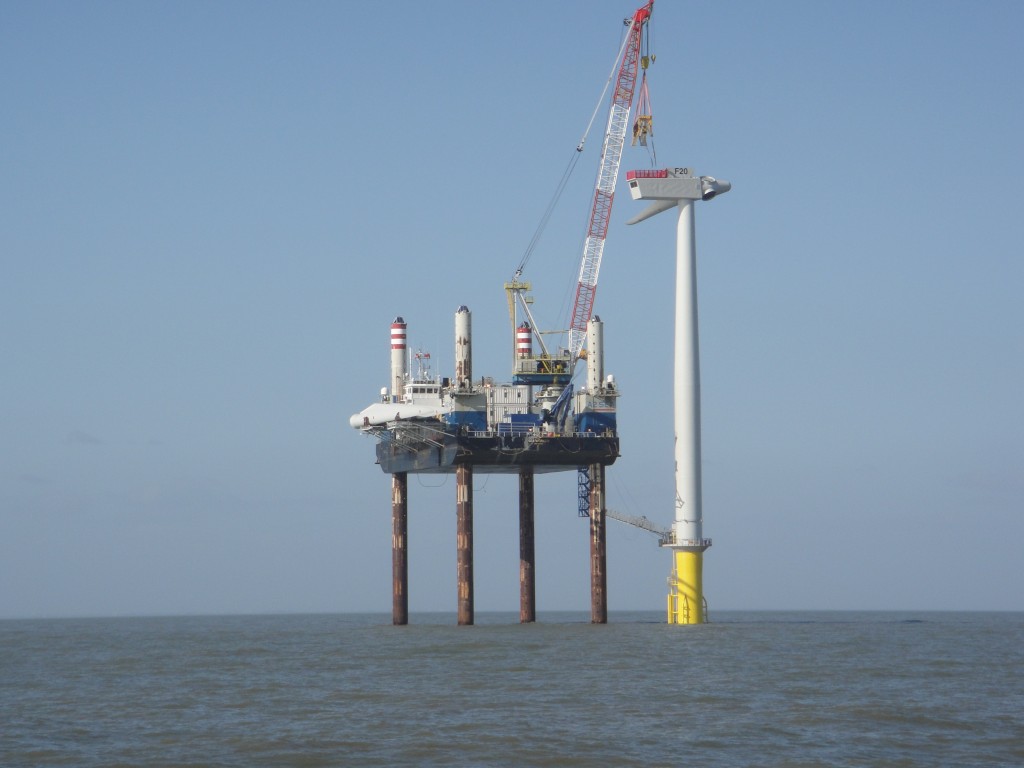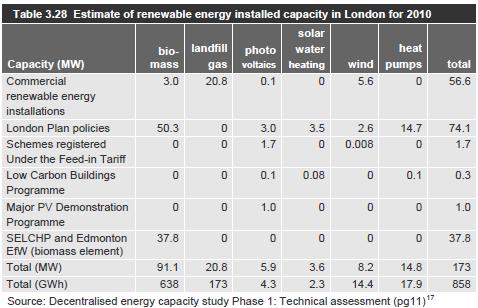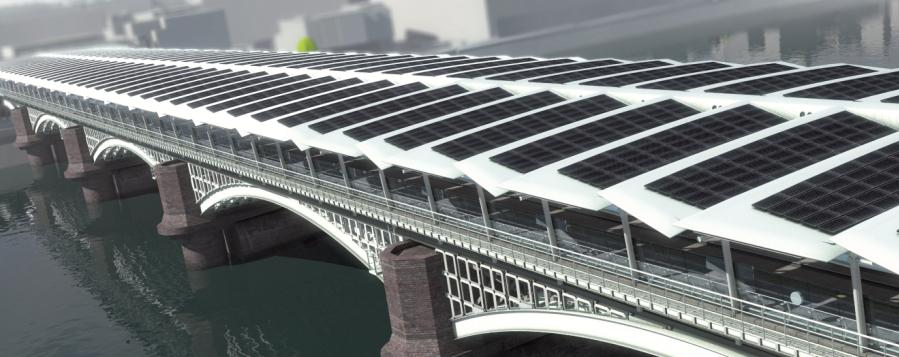Site search:
-
What’s new?
Energy for London Tags
Brent Buildings Camden Carbon Emissions CHP Cities Climate Adaptation Community Heating Community Initiatives Croydon Data DECC Decentralised Energy Distribution ECO Energy Costs Energy Efficiency Enfield FIT Fuel Poverty Funding Green Deal Hackney Haringey Housing Islington Lambeth Library Local Authorities Mayor Newham Ofgem Olympics Photovoltaics Planning RE:FIT RE:NEW Renewable Energy Retrofit Southwark Tower Hamlets Transport Waltham Forest Waste WestminsterEnergy Archives:
- February 2021 (1)
- January 2021 (15)
- December 2020 (15)
- November 2020 (9)
- October 2020 (3)
- August 2020 (5)
- July 2020 (3)
- June 2020 (4)
- April 2020 (10)
- March 2020 (5)
- February 2020 (2)
- January 2020 (3)
- October 2019 (1)
- September 2019 (4)
- August 2019 (2)
- July 2019 (1)
- August 2018 (1)
- November 2016 (8)
- October 2016 (8)
- September 2016 (2)
- August 2016 (8)
- July 2016 (14)
- April 2016 (12)
- March 2016 (16)
- February 2016 (8)
- January 2016 (4)
- December 2015 (1)
- November 2015 (1)
- October 2015 (16)
- September 2015 (3)
- June 2015 (1)
- May 2015 (1)
- April 2015 (1)
- March 2015 (1)
- February 2015 (1)
- January 2015 (1)
- December 2014 (18)
- November 2014 (4)
- August 2014 (8)
- July 2014 (7)
- June 2014 (25)
- May 2014 (8)
- April 2014 (4)
- March 2014 (12)
- February 2014 (7)
- January 2014 (13)
- December 2013 (11)
- November 2013 (15)
- October 2013 (15)
- September 2013 (18)
- August 2013 (5)
- July 2013 (20)
- June 2013 (33)
- May 2013 (8)
- April 2013 (16)
- March 2013 (25)
- February 2013 (14)
- January 2013 (20)
- December 2012 (23)
- November 2012 (23)
- October 2012 (25)
- September 2012 (14)
- July 2012 (12)
- June 2012 (43)
- May 2012 (20)
- April 2012 (8)
- March 2012 (40)
- February 2012 (39)
- January 2012 (40)
- December 2011 (22)
- November 2011 (40)
- October 2011 (33)
- September 2011 (48)
- August 2011 (40)
- July 2011 (58)
- June 2011 (41)
- May 2011 (80)
- April 2011 (38)
- March 2011 (33)
- February 2011 (25)
- January 2011 (24)
- December 2010 (3)
- November 2010 (7)
- October 2010 (6)
- September 2010 (7)
- August 2010 (1)
- July 2010 (2)
- June 2010 (4)
- May 2010 (1)
- March 2010 (3)
- February 2010 (3)
- December 2009 (5)
- November 2009 (2)
- October 2009 (3)
- July 2009 (3)
- June 2009 (1)
- April 2009 (1)
- March 2009 (1)
- February 2009 (1)
- January 2009 (1)
- December 2008 (2)
- October 2008 (1)
- September 2008 (1)
- July 2008 (1)
- March 2008 (2)
- January 2008 (2)
- October 2007 (1)
- September 2007 (3)
- July 2007 (1)
- March 2007 (1)
- February 2007 (3)
- November 2006 (3)
- August 2006 (1)
- February 2006 (1)
- May 2005 (1)
- February 2004 (1)
Tag Archives: Renewable Energy
London Assembly visit London Array
March 2012: The London Array is a largest offshore wind development in the world and is currently being constructed in the Thames Estuary 20km off the north Kent coast at Gravney. Whilst obviously not in London, the presence of such a large renewable project – 1,000MW of electricity generation capacity – in the south will strongly help to decarbonise the local and wider electricity grid, which in time will help reduce the London’s carbon impact.
London Assembly Member Murad Qureshi, also Chair of the Environment Committee at City Hall, has kindly provided for energy for london a short account and photos of a recent visit to the project:
“On a clear blue sky day in the Thames Estuary last week, members of the Environment Committee were able to see phase one of London Array windfarm out in sea. It is approximately 100 km from City Hall with 175 turbines larger then the Ferris Wheel along the South Bank being constructed.
During the afternoon, we saw the turbines being piled into the sea; the arms of the windmills being put up as well as the cable to the shore being land so as the renewable energy can come to shore.
With completion of phase 1 due by December 2012, it was certainly a good day to go and see for ourselves how a renewable energy scheme like London Array can help plug the energy gap in London for 472,500 homes.”
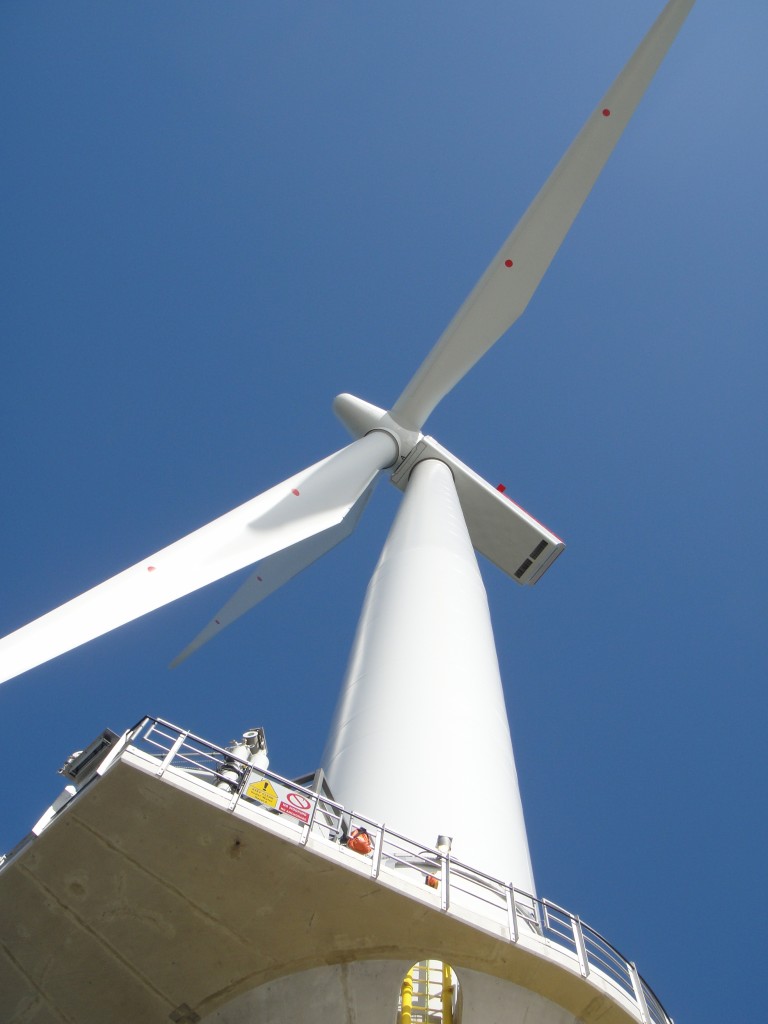 Further information at http://www.londonarray.com/
Further information at http://www.londonarray.com/
London’s Renewable Energy – Annual Monitoring
March 2012: The Mayor has just published the latest London Plan Annual Monitoring Report (AMR), which monitors a number of key performance indicators (KPIs) set in London’s spatial strategy, the London Plan. This is the first AMR to be published since the new London Plan was published in July 2011.
Two KPIs are of particular interest are:
KPI 20 Reduce carbon dioxide emissions through new development
KPI 21 Increase in energy generated from renewable sources
In terms of KPI 21, London has recently set a revised target for renewable energy which is for 8,550 GWh of energy from renewable sources by 2026 (London’s current total non-transport energy use is approximately 115,000 GWh – see London’s 2011 energy strategy for further information). The target was an output of a significant piece of analysis undertaken in 2011, and published earlier this year – the London Decentralised Energy Capacity Study. The AMR reproduces a table from that study setting out an estimate of renewable energy capacity and output in London in 2010:
The total output for 2010 of 858 GWh highlights that London has considerable way to go – a ten-fold increase – to achieve the 2026 target. DECC also produce regional renewable energy statistics – but only report on renewable electricity output (which is hard to compare to that reported above, as the largest GWh component in the table – for biomass – has added the heat and power output components together).
Additional monitoring of the London Plan’s carbon and energy policies are reported here.
Energy and Climate Questions to the Mayor
February 2012: This month the Mayor has been asked questions in relation to:
money saved through RE:FIT; grants available to tackle Fuel Poverty; the budget available to the RE:NEW energy efficiency programme; Carbon savings of ten easy measures from RE:NEW; Borough roll-out of home energy efficiency scheme RE:NEW; an Update on home energy efficiency scheme RE:NEW; the Mayor’s work with energy companies to eradicate Fuel Poverty; the number of homes in Greenwich under the RE:NEW programme; the number of homes in Lewisham under the RE:NEW programme; the number of homes under the RE:NEW programme receiving benefits; the age profiles of householders being treated under the RE:NEW programme; fuel poor homes treated under the RE:NEW programme; the number of public sector buildings treated under RE:FIT; the London 2012 Olympics – carbon reduction target; progress on Decentralised Energy; monitoring of renewable energy; the quantity of London’s Renewable Energy; RE:NEW cost and carbon savings; progress against London’s 2020 CO2 reduction target; and Climate change budgets.
Previous questions to the Mayor can be found here.
Posted in News, Uncategorized
Tagged Fuel Poverty, Greenwich, Lewisham, Olympics, RE:FIT, RE:NEW, Renewable Energy
Leave a comment
London’s largest solar array
20 February 2012:
After a three year refurbishment, Blackfriars station has re-opened. As part of the station’s refit, Network Rail has installed 4,400 solar panels on the roof of Blackfriars station. Accounting for 50% of the station’s energy needs, they will form London’s largest solar array. Further information here and here.
Lessons from the Community Sustainable Energy Programme (CSEP)
February 2012: BRE are holding a series of events on ‘Lessons from the Community Sustainable Energy Programme (CSEP)’ – not to be confused with CESP!
CSEP provided Big Lottery Funding for community-based energy efficiency and renewable projects (NOTE: the programme closed in 2010 – however very recently a new funding round has opened with a deadline for applications of 29 February 2012).
No specific London workshop took place, however, a session earlier this month at BRE’s HQ includes a detailed (8MB) presentation on CSEP, and also a case study presentation on the Brixton Solar project. Download both here.
Energy and Climate Questions to the Mayor
January 2012: This month the Mayor has been asked questions in relation to:
Renewable Electricity used by London Underground; Energy and CO2 emissions associated with lighting tube stations; the Budget spend for energy efficiency programme RE:NEW; the level of payments to assessors of energy efficiency programme RE:NEW; carbon savings achieved by the ten easy measures used in the RE:NEW programme; the carbon savings achieved to date by the RE:NEW programme; the Mayors records in raising key London issues with energy companies; the growth of renewable energy over the Mayor’s term; the borough roll-out of RE:NEW; an update on the numbers of homes treated under RE:NEW; a breakdown of the RE:NEW programme budget; the success of RE:NEW energy efficiency programme; CO2 savings achieved through planning; Guidance on low carbon cooling systems; Fuel Poverty in East London; an update on the capacity of combined heat and power (CHP); an update on the Mayor’s Hydrogen Action Plan; and Carbon Emissions Reduction Target (CERT) funding in London boroughs.
Previous questions to the Mayor can be found here.
Posted in News
Tagged CERT, CHP, Fuel Poverty, London Underground, Mayor, RE:NEW, Renewable Energy
Leave a comment
The Hydrograph
January 2012: Community-led renewable energy scheme in Richmond, Ham Hydro, has recently published its first newsletter providing an update on their project, which involves the installation of hydro power turbines on the River Thames at Teddington Weir. Down The Hydrograph at www.hamhydro.org. Further information is available on the Ham Hydro energyshare webpage.
Posted in News, Renewable Energy
Tagged Community Initiatives, Renewable Energy, Richmond
Leave a comment
Neighbourhood Plans and Renewable Energy
January 2012: An answer to a parliamentary question considering the Localism Act 2011 (which came into being in November 2011) and its potential to support the development of renewable energy schemes. Not much is revealed…however the Act and Explanatory notes to the Act can be viewed here. Additionally a Plain English guide to the Localism Act’ produced by the Department for Communities (CLG) can be downloaded here. Friends of the Earth have also published a briefing note on ‘Planning and the Localism Act’.
Renewable Energy: 10 Jan 2012 : Column 60W
Roberta Blackman-Woods (MP for the City of Durham) : To ask the Secretary of State for Communities and Local Government what assessment his Department has made of the likely impact upon neighbourhood plans of the Government’s commitment to ensure that renewable sources will generate 15 per cent. of the UK’s energy by 2020.
Greg Clark (Minister for Decentralisation and Cities, CLG): The Localism Act gives communities new powers to plan for the future of their areas through neighbourhood planning. These are powerful new opportunities for communities to shape the development of their local areas.
It is for communities to decide whether they wish to use neighbourhood development plans or orders to deliver energy from renewable sources, provided the plans or orders meet the basic conditions set out in the Localism Act.
Our proposals strike the right balance by ensuring that neighbourhood planning proposals are in general conformity with strategic planning policies, while giving communities the flexibility to determine those issues that are rightly dealt with at community level.
Major London Renewable Energy Study Published
January 2012: As part of a series of DECC-funded regional renewable energy (RE) assessments, the GLA have just published a detailed study on the potential for renewable and low carbon energy in Greater London.
The report sets out results using DECC’s standardised renewable energy assessment methodology but has also developed second tailored methodology to take into account the highly urbanised nature of London, looking at opportunities to reduce CO2 emissions utilising low-carbon decentralised energy (DE) systems such as gas-fired combined heat and power (CHP) and the use of waste heat from power stations. The tailored methodology also gives significantly greater estimates of the technical potential for certain types of RE than the DECC methodology, such as commercial scale wind turbines and photovoltaics but – importantly – the greater use of DE displaces “80% of the thermal microgeneration RE sources… based on the assumption that policies which strongly favour DE over other energy sources are required to reach high levels of heat network deployment.”
The results of this study suggest that:
- Under the DECC methodology, up to 12% and 57% of London’s consumption of electricity and heating respectively can technically be met by RE sources from within Greater London
- However the tailored methodology- for reasons detailed above – estimates RE sources can technically supply up to 34% and 49% of electricity and heating respectively (the lower RE heating figure arising out the increased use of low carbon DE heat displacing some RE heating technologies in the ‘tailored’ methodology).
- The combined technical potential for RE and DE is up to 53% and 44% of London’s consumption of electricity and heating respectively.
- The technical potential of DE using large-scale heat networks is 20% of London’s energy supply
- It is estimated that around 450MW of waste heat capacity is available from existing power stations and energy from waste (EfW) plants in the London area
The London Decentralised Energy Capacity Study can be downloaded here and comprises three reports:
- Phase 1: Technical Assessment
- Phase 2: Deployment Potential
- Phase 3: Roadmap to Deployment
Some significant datasets lie behind the study and can be downloaded from the London Datastore here.
Posted in Data Store, Library, News
Tagged DECC, Decentralised Energy, Library, Mayor, Renewable Energy
Leave a comment
‘Why I’m lending my voice to community renewable schemes’
December 2011: Guardian posted article by Hugh Fearnley-Whittingstall about the energyshare initiative, created to help support and promote community-led sustainable energy projects. Energyshare – together with funding from British Gas – have just finalised (yesterday) their current competition, allowing supporters to vote for their favourite community energy project, with winners being awarded up to £100,000 funding. Four projects have been selected – none unfortunately in London – but all worth reading about! Further information here.
London Loses out on Renewable Heat Grants (Part 2)
17 November 2011: DECC announced today “The 24 successful applicants [who] will receive up to £175,000 to install green heating systems such as biomass boilers, solar hot water panels and heat pumps in the homes of tenants. Successful bidders included projects across the whole of Great Britain…” except in London. This is because – as highlighted in a previous post – the Renewable Heat Premium Payments are directed to households not on the gas grid.
Posted in News, Renewable Energy
Tagged Funding, Renewable Energy, Renewable Heat Incentive, RHI
Leave a comment
More challenging times for renewables in London?
21 October 2011: The Government’s proposals for future Renewable Obligation (RO) banding levels for different renewable electricity levels have been published today for consultation. The bands set the level of subsidy provided through granting Renewable Obligation Certificates (ROCs) – awarded per MWh (megawatt-hour) of electricity generated – and range from 0.5 ROCs to 2 ROCs per MWh depending on the technology. The ROCs programme runs in tandem to the Feed in Tariffs (FIT) mechanism but is applicable to larger renewable technologies, generally above 5MW capacity.
The consultation moves to providing longer term guidance on the levels of support available to renewable generators whilst also reducing the levels of ROCs support awarded to many technologies and also introducing an element of regression as in the FIT regime (ie a percentage reduction to the levels of support year on year).
Progress on developing larger renewable energy projects in London has been incredibly slow, with only a few notable schemes based around the use of sewage gas at water treatment plant, the capture of landfill gas, and single larger-scale wind project.
DECC’s proposals will do little to help and potentially much to hinder the situation for London. Key renewable technologies being supported for London such as advanced gasification and pyrolysis are to have their levels of support reduced (see Table 2 of the consultation paper for the full list of specific proposals). These are already high risk projects and hence this will do little to get these nascent technologies off the ground. Ditto for urban-based anaerobic digestion plant which are also having their levels of support reduced.
Similarly reducing support to energy from waste CHP without clarifying the level of Renewable Heat Incentive (RHI) tariff that might also be available will do little to inspire confidence in operators considering converting their plant to CHP mode and investing in new district heating infrastructure. Cities are already severely limited in their ability to contribute to the UK’s ambitious renewable energy targets: waste does however provide a key opportunity but project costs are typically much higher due to land value amongst many other factors.
More needs to be done to support the growth of renewables in London and other cities to exploit opportunities to deliver low carbon heat and power to their communities. Government should perhaps consider introducing a ‘ROC uplift’ for urban based schemes to help bring these more challenging city renewable schemes forward – that is – an additional 0.5 to 1.0 ROCs for those schemes developed in cities, with a priority given to those that deliver decentralised heat networks as part of their scheme.


